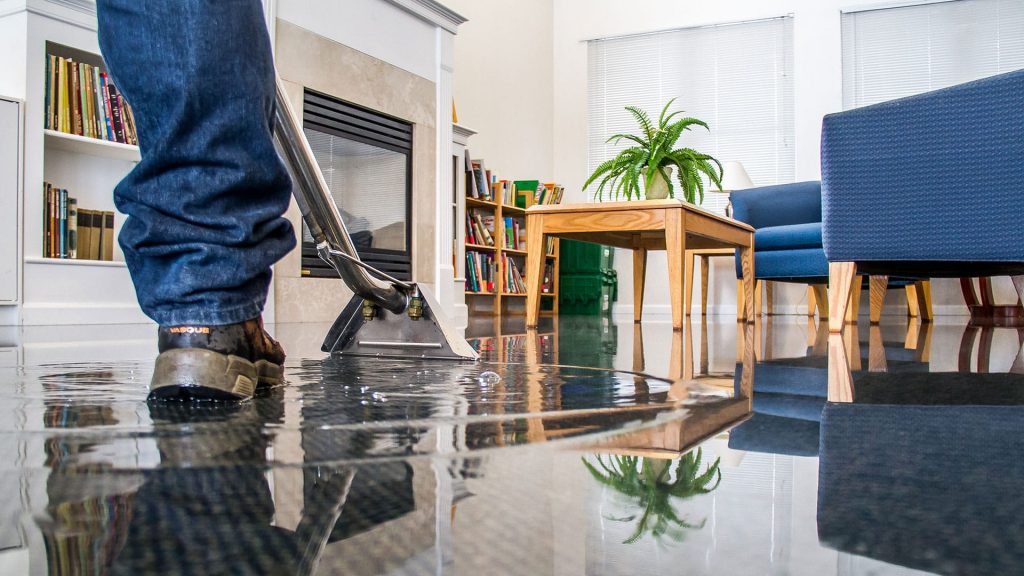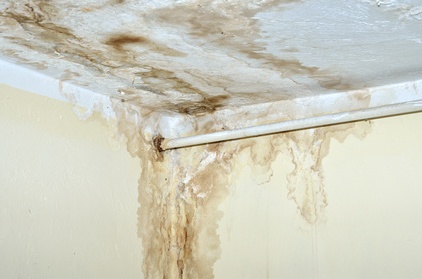6 Water Damage Remediation Do's and Don'ts.
6 Water Damage Remediation Do's and Don'ts.
Blog Article
This article following next about Ways to Reduce The Risk Of Fire And Water Damage is highly motivating. Check it out yourself and see what you think of it.

Water provides life, water breach on components where it's not supposed to be can result in damage. It can peel off away surface areas and wear down the foundation if the water soaks right into your framework. Mold and mildew as well as mildew likewise flourish in a damp setting, which can be harmful for your wellness. Residences with water damages scent moldy and old.
Water can originate from several resources such as tropical storms, floodings, ruptured pipes, leaks, and sewage system problems. In case you experience water damage, it would be good to recognize some safety and security preventative measures. Right here are a few guidelines on just how to manage water damages.
Do Prioritize House Insurance Coverage Insurance Coverage
Water damages from flood dues to heavy winds is seasonal. You can likewise experience an unexpected flood when a faulty pipeline all of a sudden bursts right into your home. It would certainly be best to have house insurance that covers both disasters such as natural calamities, and also emergencies like busted plumbing.
Don't Neglect to Shut Off Energies
In the event of a calamity, particularly if you live in a flood-prone location, it would be recommended to turn off the major electrical circuit. This removes power to your entire house, avoiding electrical shocks when water is available in as it is a conductor. Do not forget to turn off the main water line valve. Furniture will relocate around as well as create damage when floodwaters are high. Having the primary shutoff turned off protects against further damage.
Do Keep Proactive and also Heed Climate Signals
Pay attention to emptying warnings if you live near a creek, river, or lake. Doing so minimizes potential building damage.
Don't Neglect the Roof
You can avoid rain damages if there are no openings and also leakages in your roof. This will prevent water from flowing down your walls and saturating your ceiling.
Do Pay Attention to Small Leaks
A ruptured pipeline doesn't take place overnight. Generally, there are red flags that indicate you have compromised pipes in your house. You might notice gurgling paint, peeling wallpaper, water touches, water spots, or trickling sounds behind the walls. Eventually, this pipe will certainly burst. Preferably, you need to not wait on points to escalate. Have your plumbing fixed prior to it results in substantial damage.
Do Not Panic in Case of a Ruptured Pipeline
Keeping your presence of mind is essential in a time of crisis. Because it will stifle you from acting quickly, stressing will just compound the trouble. When it comes to water damage, timing is essential. The longer you wait, the more damage you can anticipate. Hence, if a pipe bursts in your home, right away shut down your major water shutoff to remove the resource. After that disconnect all electrical outlets in the location or switch off the breaker for that part of your house. Call a credible water damages remediation expert for support.
Water provides life, water breach on components where it's not expected to be can result in damage. Residences with water damage odor old and moldy.
Water damages from flooding dues to heavy winds is seasonal. You may observe gurgling paint, peeling wallpaper, water streaks, water discolorations, or trickling audios behind the walls. When it comes to water damage, timing is vital.
Some Do's & Don't When Dealing with a Water Damage
DO:
Make sure the water source has been eliminated. Contact a plumber if needed. Turn off circuit breakers supplying electricity to wet areas and unplug any electronics that are on wet carpet or surfaces Remove small furniture items Remove as much excess water as possible by mopping or blotting; Use WHITE towels to blot wet carpeting Wipe water from wooden furniture after removing anything on it Remove and prop up wet upholstery cushions for even drying (check for any bleeding) Pin up curtains or furniture skirts if needed Place aluminum foil, saucers or wood blocks between furniture legs and wet carpet Turn on air conditioning for maximum drying in winter and open windows in the summer Open any drawers and cabinets affected for complete drying but do not force them open Remove any valuable art objects or paintings to a safe, dry place Open any suitcases or luggage that may have been affected to dry, preferably in sunlight Hang any fur or leather goods to dry at room temperature Punch small holes in sagging ceilings to relieve trapped water (don't forget to place pans beneath!); however, if the ceiling is sagging extremely low, stay out of the room and we'll take care of it DO NOT:
Leave wet fabrics in place; dry them as soon as possible Leave books, magazines or any other colored items on wet carpets or floor Use your household vacuum to remove water Use TV's or other electronics/appliances while standing on wet carpets or floors; especially not on wet concrete floors Turn on ceiling fixtures if the ceiling is wet Turn your heat up, unless instructed otherwise

Hopefully you enjoyed our topic about Simple Solutions To Preventing Fire And Water Damage To Your Home. Thanks so much for taking a few minutes to read our short article. Are you aware of anybody else who is interested by the topic? Feel free to promote it. Thank-you for taking the time to read it.
Report this page